Check out before these deals are gone!


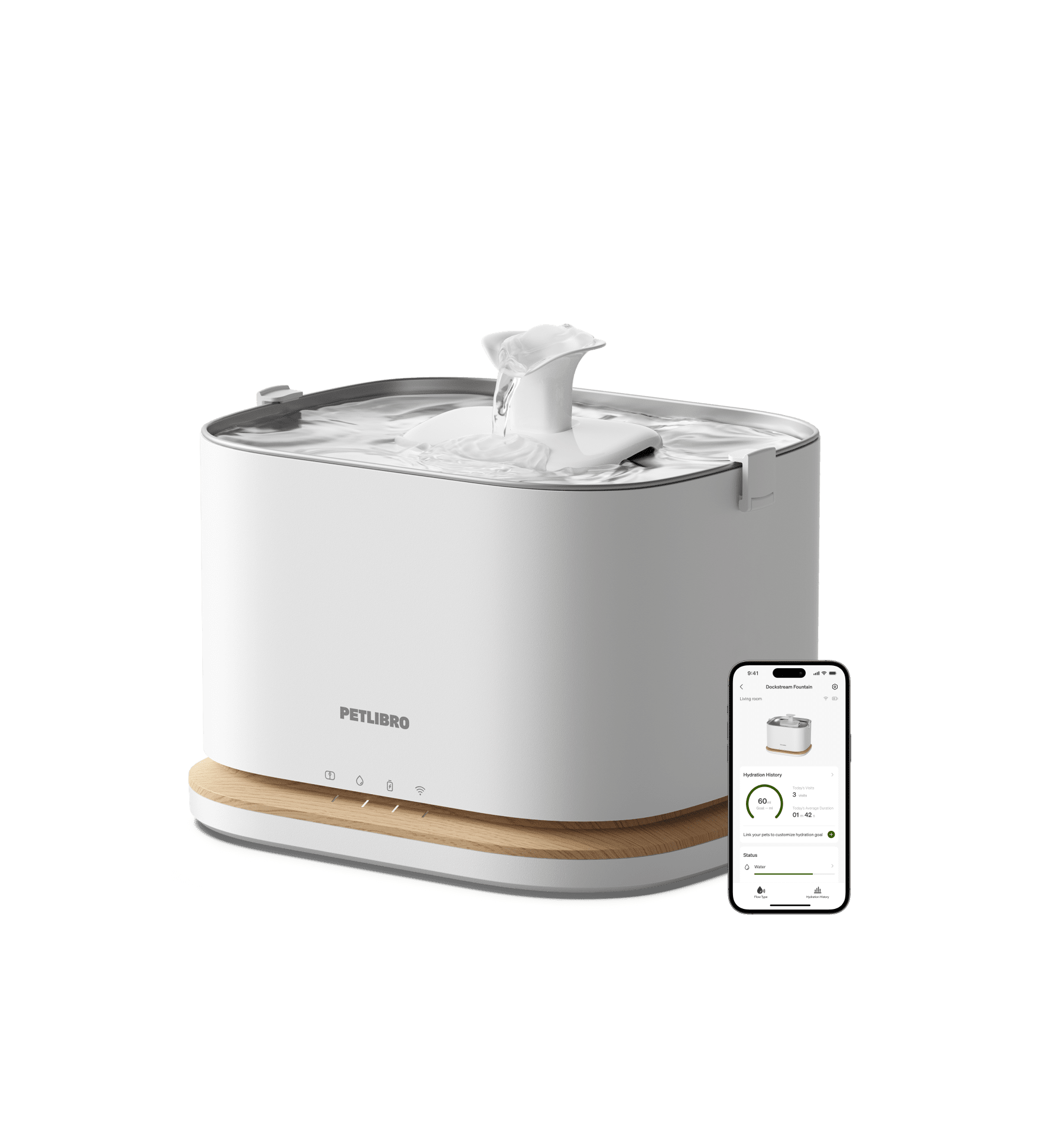
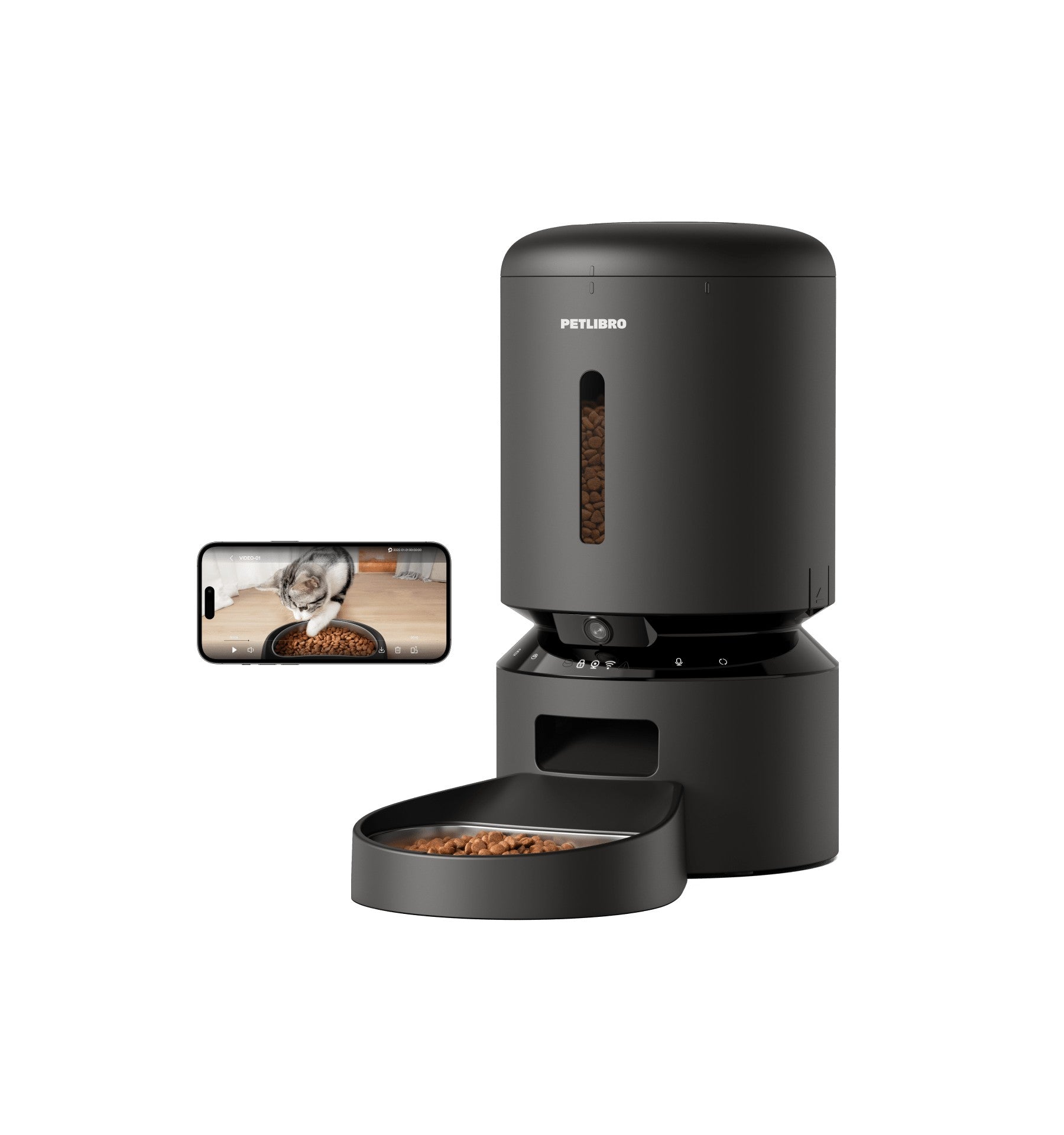
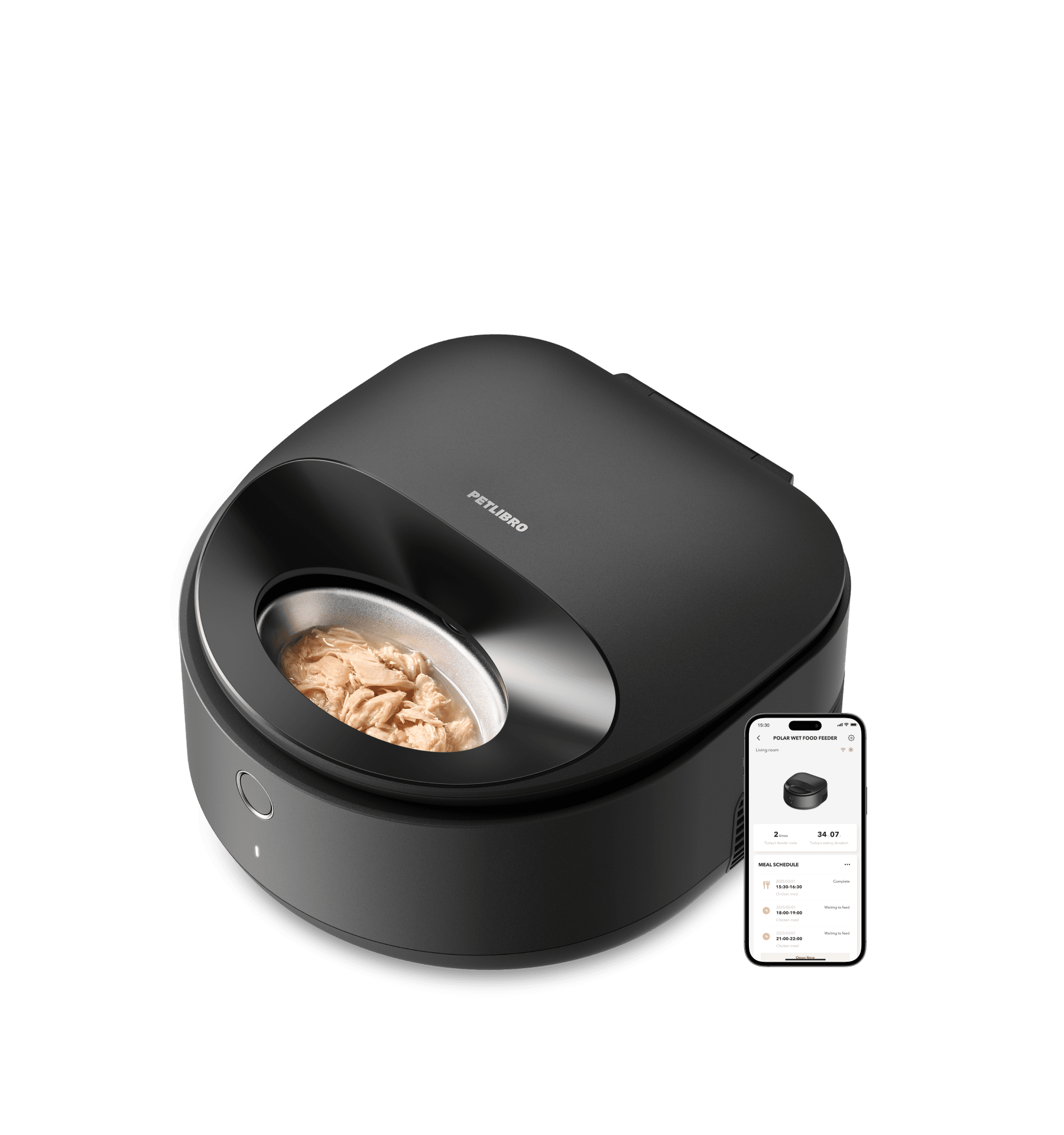
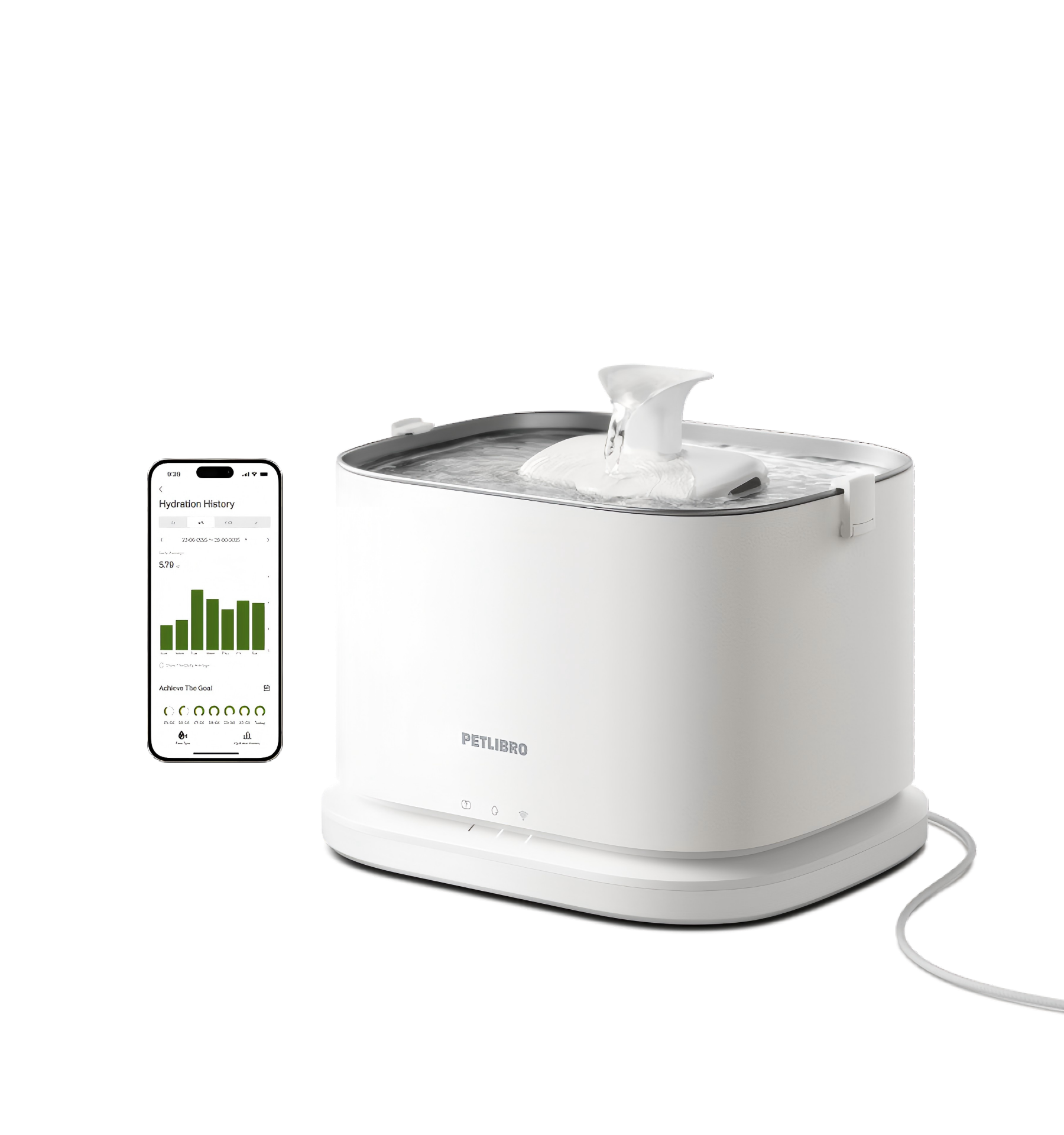
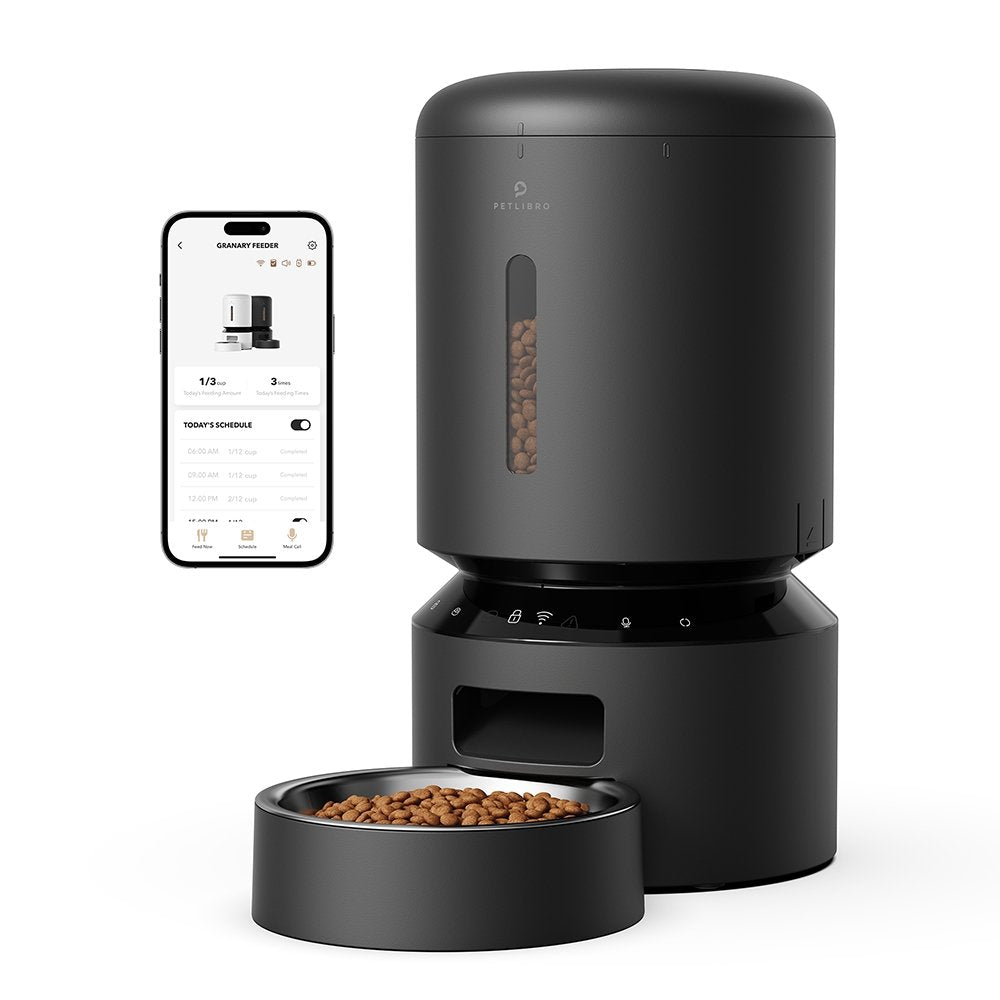
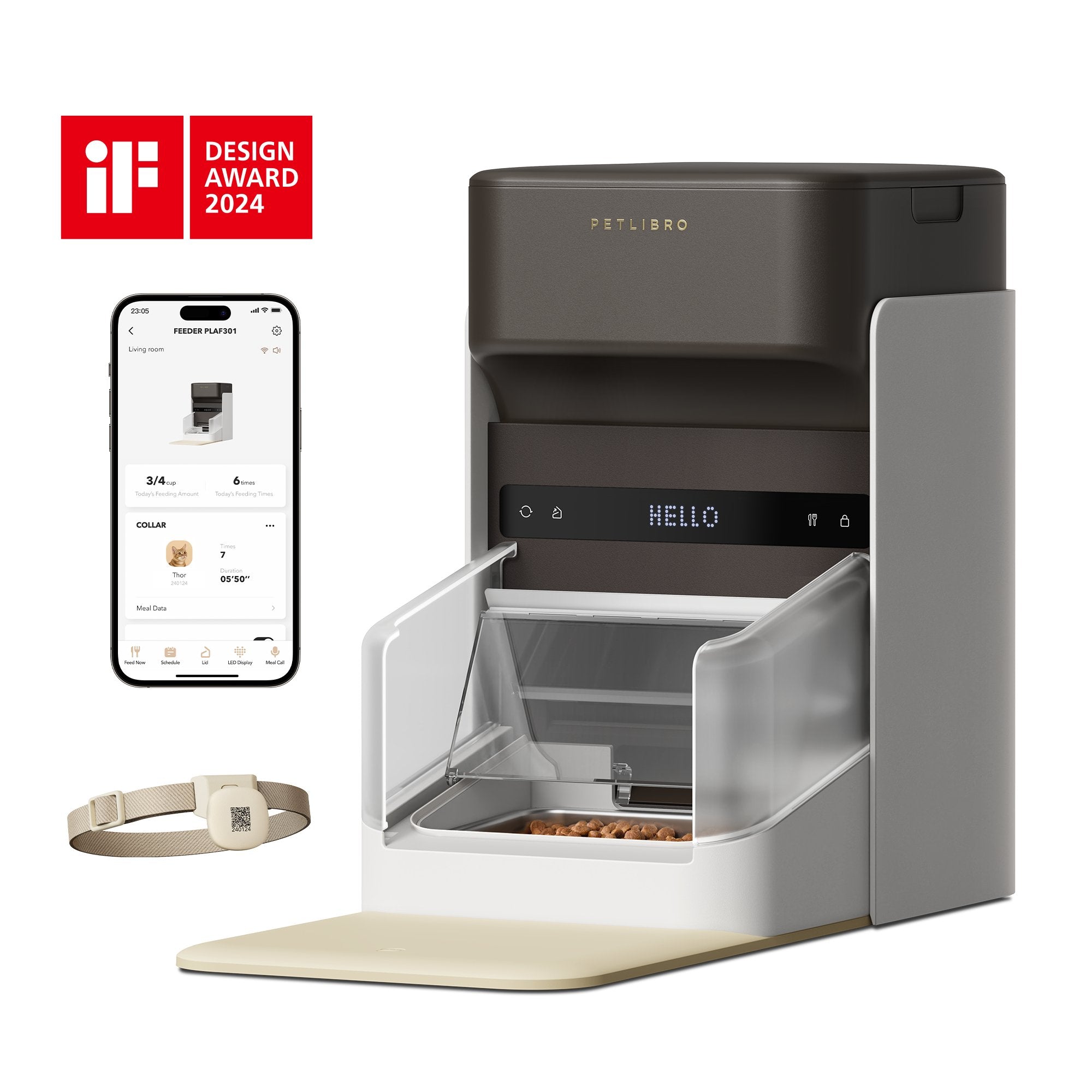
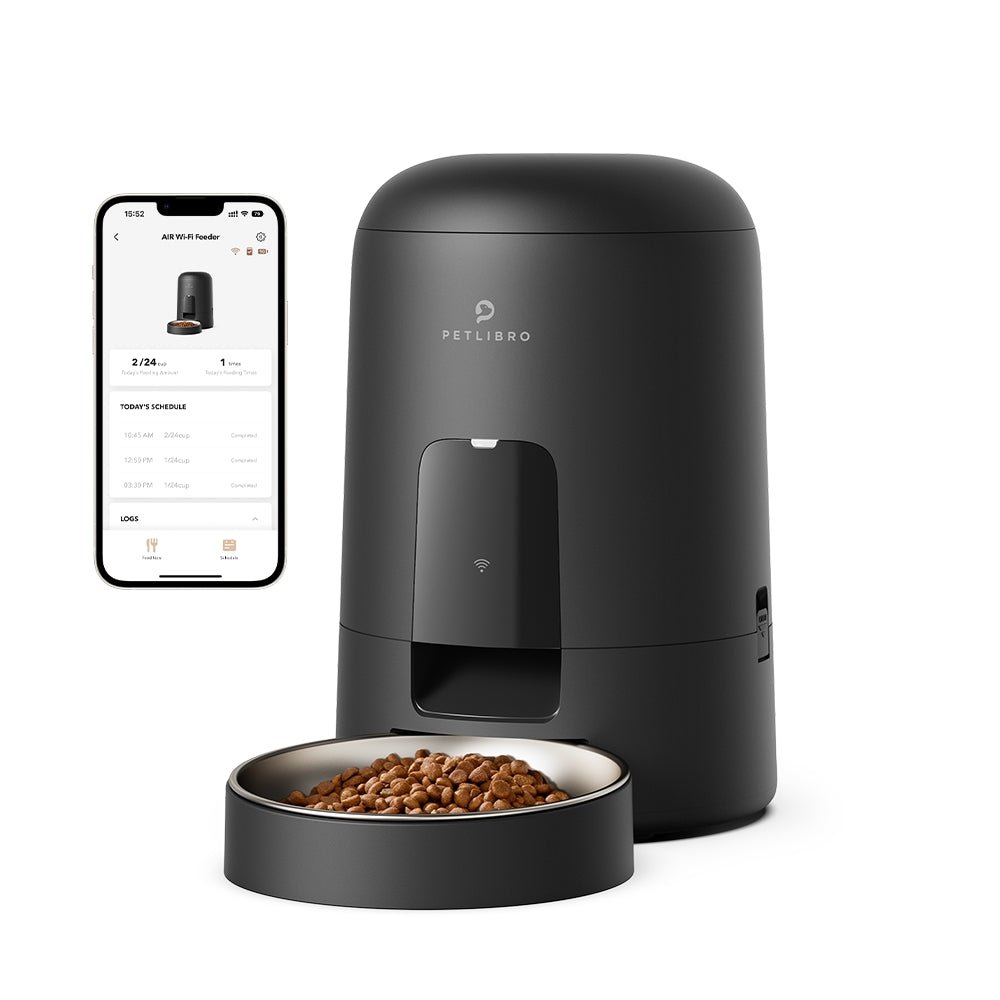























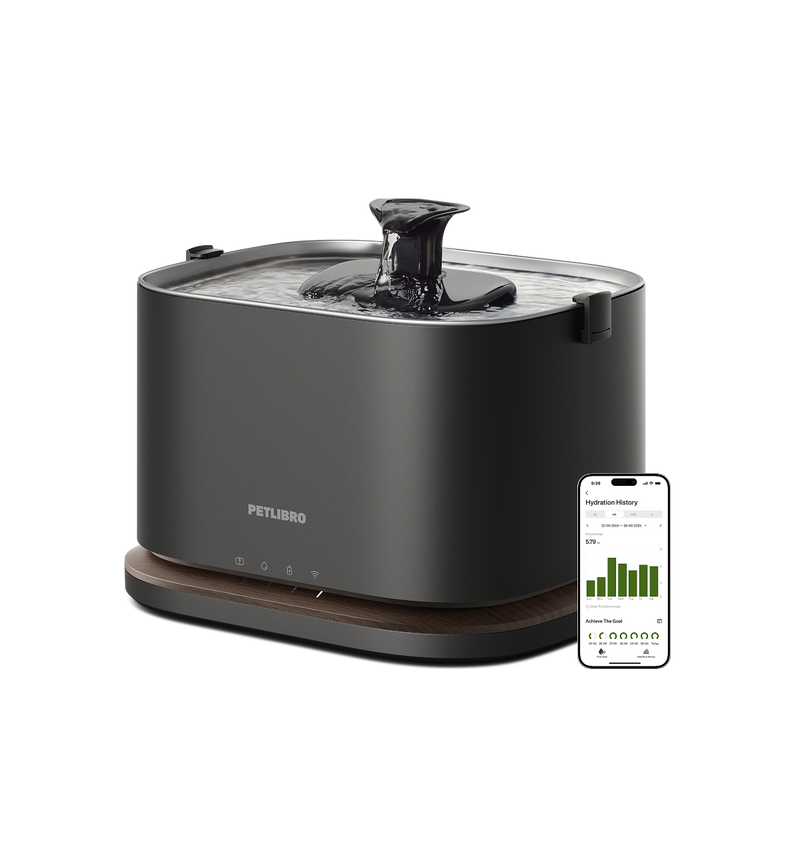
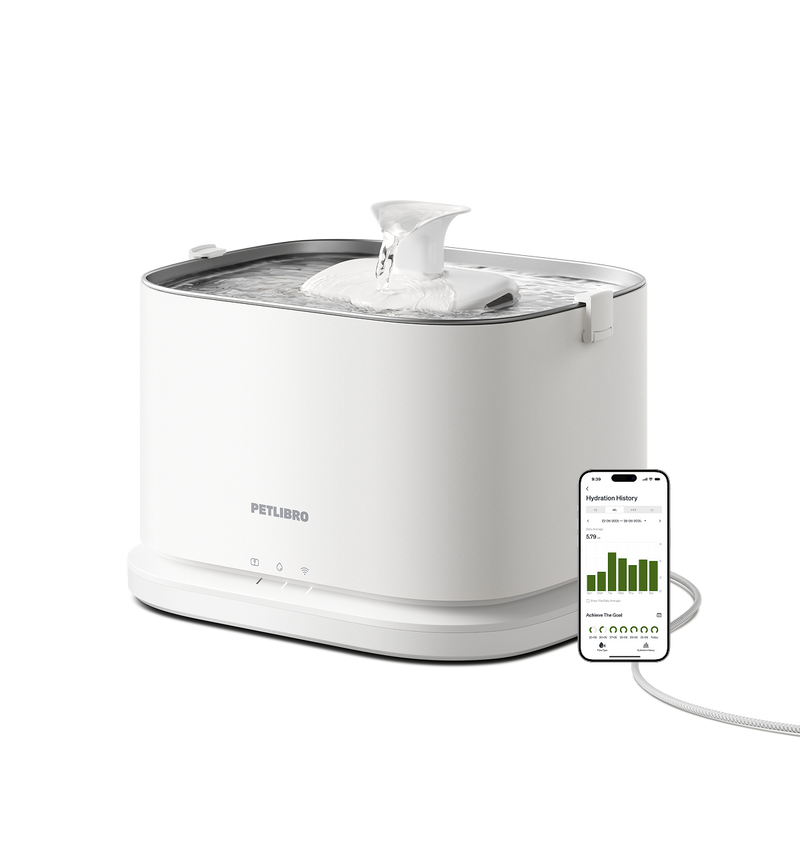
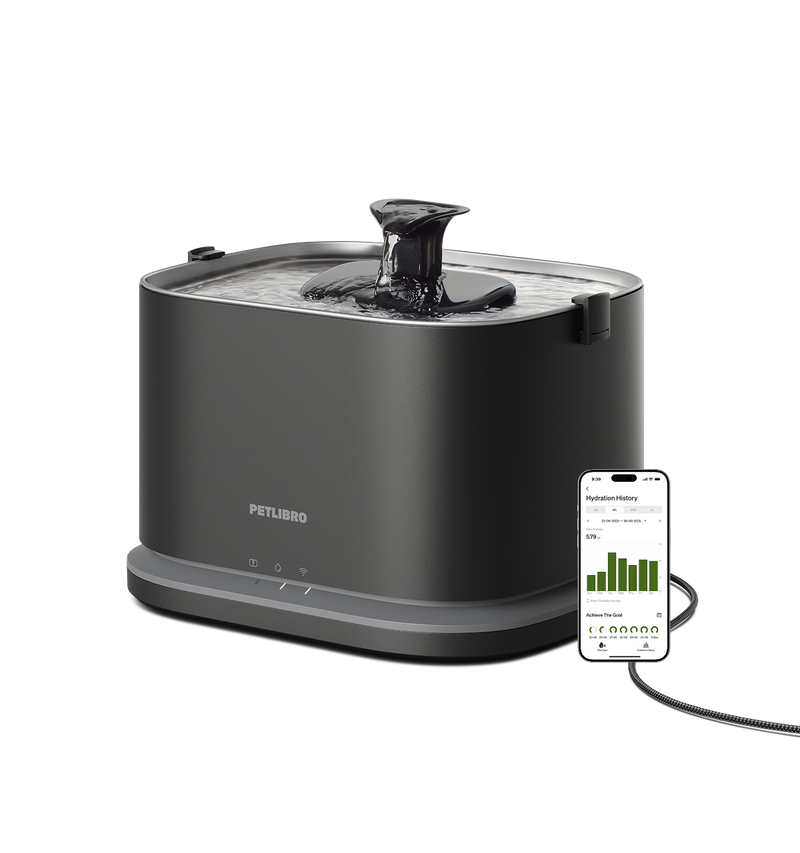










By subscribing, you agree to receive email marketing from Petlibro. Privacy Policy | Terms of Service


*Voucher is non-refundable and only one can be used per order, starting 11/13.


By subscribing, you agree to receive email marketing from Petlibro. Privacy Policy | Terms of Service


Code is valid for 72 hours and can be used for one order only. Code can’t be combined with other codes.
Discounts cannot be used toward new product launches.
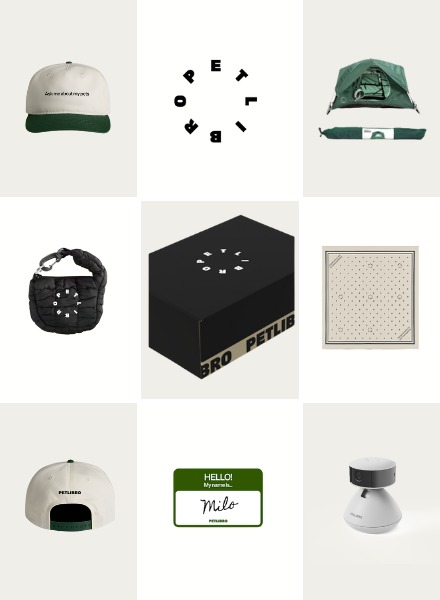
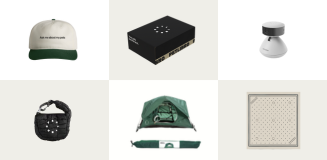
Open to legal U.S. residents, 18 years or older. Void where prohibited. Giveaway begins on 08/26/2025 and ends on 09/15/2025 at midnight PST. Three winners will each receive a limited-edition Petlibro PR Kit, which includes the Scout Smart Camera and select branded merch. Winners will be chosen at random and notified via Instagram or email (depending on entry format) by 09/30/2025. If a winner does not respond within 48 hours, another may be selected. Odds of winning depend on the total number of eligible entries received. Only one email entry per person will be counted, though additional entries may be submitted through the bonus methods described above. Petlibro is not liable for any issues that arise from participation or use of the prize. Personal information will be collected and handled in accordance with our Privacy Policy.



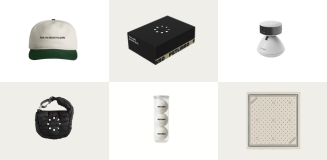
Open to legal U.S. residents, 18 years or older. Void where prohibited. Giveaway begins on 08/26/2025 and ends on 09/15/2025 at midnight PST. Three winners will each receive a limited-edition Petlibro PR Kit, which includes the Scout Smart Camera and select branded merch. Winners will be chosen at random and notified via Instagram or email (depending on entry format) by 09/30/2025. If a winner does not respond within 48 hours, another may be selected. Odds of winning depend on the total number of eligible entries received. Only one email entry per person will be counted, though additional entries may be submitted through the bonus methods described above. Petlibro is not liable for any issues that arise from participation or use of the prize. Personal information will be collected and handled in accordance with our Privacy Policy.



As a cat owner, ensuring your cat's food remains fresh and safe is an important responsibility. Cat food that has gone stale or been contaminated can make your cat sick, so proper storage is key. In this guide, we'll discuss the factors affecting cat food shelf life, how long cat food lasts once opened, how long you can leave cat food out, and the best ways to store cat food for maximum freshness.

Several factors determine how long cat food will last:
| Dry Food | Wet Food | |
|---|---|---|
| Shelf Life Unopened | 6-12 months | 2-5 years |
| Shelf Life After Opening | 4-6 weeks | 3-5 days |
| Ideal Storage Location | Airtight container in a cool spot | Refrigerated in an airtight container |
Once opened, cat food shelf life depends on:
Type of cat food: Opened wet cat food lasts 3-5 days refrigerated, while opened dry cat food lasts 4-6 weeks in an airtight container in a cool spot. After these times, vitamins and nutrients start to break down, and food can spoil.
Storage method: Storing opened cat food properly in an airtight container or sealed bag in the refrigerator or a cool, dry spot away from direct heat and sunlight helps maximize freshness.
Frequency of use: How quickly you use up the cat food also determines how long it lasts. Buying smaller bags or cans ensures each container is used up within a week or so, for the freshest food possible.
To maximize opened cat food shelf life:
For dry cat food, 2 hours at room temperature is the maximum recommended time. Any longer and harmful bacteria like Salmonella can start growing rapidly and contaminate the food. Wet cat food should not be left unrefrigerated for more than 4 hours.
Leaving cat food out for too long exposes your cat to:
The FDA recommends discarding any cat food left out for over 2 hours at room temperature (90°F or 32°C). For optimal safety, seal up opened cat food containers immediately after feeding and discard any leftover food not eaten within 30 minutes.
Traditionally, opened dry cat food bags are folded closed and stored in a plastic container with a lid. However, this does not fully seal in freshness. The best options for storing opened dry cat food include:
Airtight containers: Place the entire opened bag into an airtight pet food container or bin with an interior sealed lid. Push out excess air before sealing. This creates an anaerobic environment to maximize shelf life. Popular airtight container options are Petlibro and IRIS airtight storage containers.
Automatic pet feeders: Automatic pet feeders like the Petlibro, with built-in airtight and sealed food tanks, create a controlled humid-free chamber for dispensing and storing cat food. The vacuum sealing system blocks air, moisture, bacteria, mold, and oxidation. Here are the main advantages of automatic pet feeders for food storage:
The Smart Vacuum-Sealed Food Tank automatically removes air to create a sealed space, keeping food nutritious and fresh.
Protects Against Harmful Pathogens: Due to the vacuum-sealing, every meal remains nutritious and safe from moisture, bacteria, mold, and oxidation.
Using an automatic pet feeder allows you to safely store larger amounts of cat food while keeping it fresh for your cat's next meal. Petlibro automatic pet feeders can hold up to 6 liters or 10 pounds of food at a time.
Leaving dry cat food out all day does offer some benefits in terms of free feeding for your cat. However, there are also significant downsides:
Pros:
Cons:
Using an automatic pet feeder helps address these concerns while still allowing free feeding. Here's how:
So while free feeding dry cat food by leaving it out all day does have some benefits, an automatic pet feeder is a safer way to achieve these benefits and gain more control and freshness.
In short, yes cat food should be stored in a sealed airtight container for the best quality and safety. Here's why:
For the health, safety, and nutrition of your cat, investing in a pet feeder or airtight containers that create an anaerobic environment for cat food storage is well worth it. Look for containers and pet feeders with features like:
An automatic pet feeder like the Petlibro addresses all these needs to provide superior airtight and sealed storage for dry cat food to keep it fresher longer. The vacuum sealing tank is innovative for at-home use and offers many benefits for cat health, food safety, and owner convenience.
To safely maximize the freshness and shelf life of your cat's food, use an automatic pet feeder or airtight storage containers. Proper sealing and refrigeration controls mean you can worry less about cat food going stale or being contaminated. Your cat will benefit from more frequent meals of recipes and toppers tailored to their nutritional needs and preferences.
Investing in a high-quality product like the Petlibro automatic pet feeder means always having the freshest, safest food ready for your cat on schedule. Why risk weeks' worth of contaminated food or tedious daily scooping when technology can handle it? Make your cat's mealtimes simple and keep them happy and healthy with an automatic pet feeder for effortless cat food storage done right.